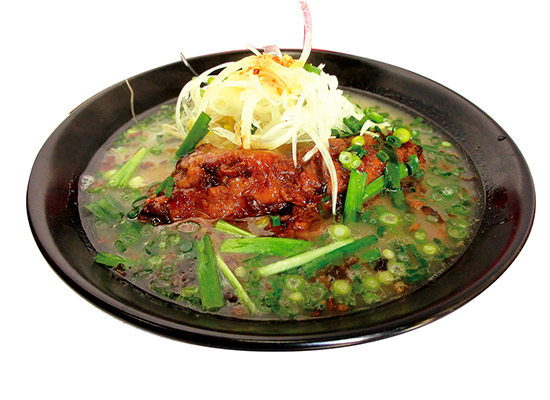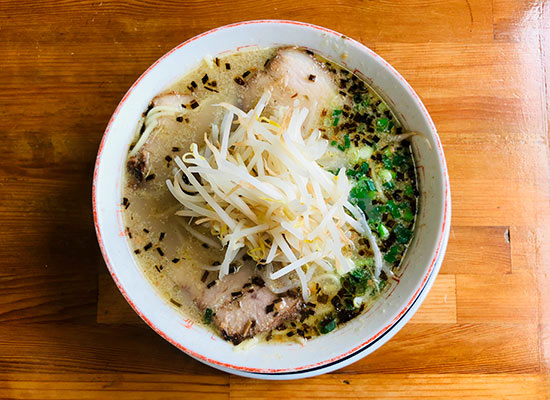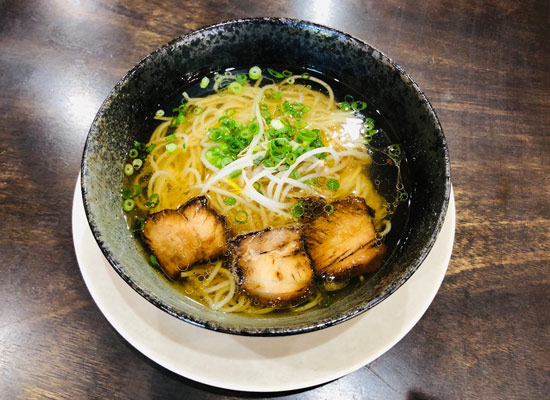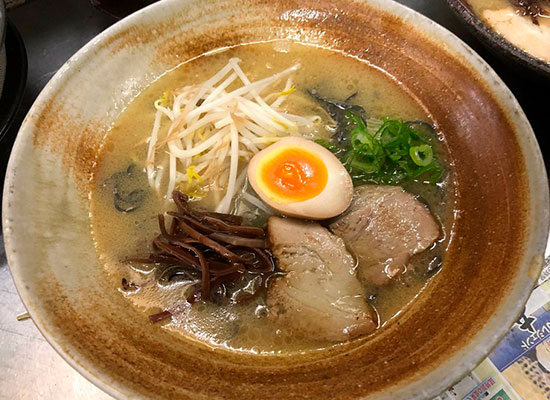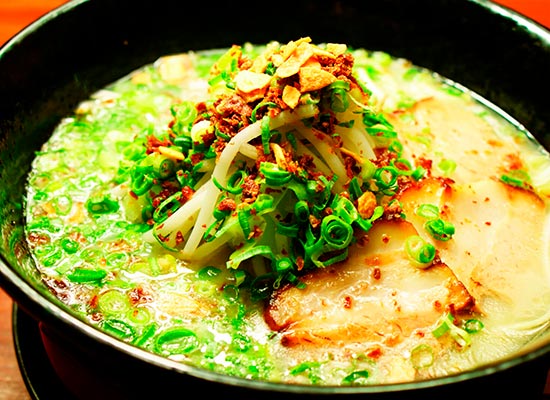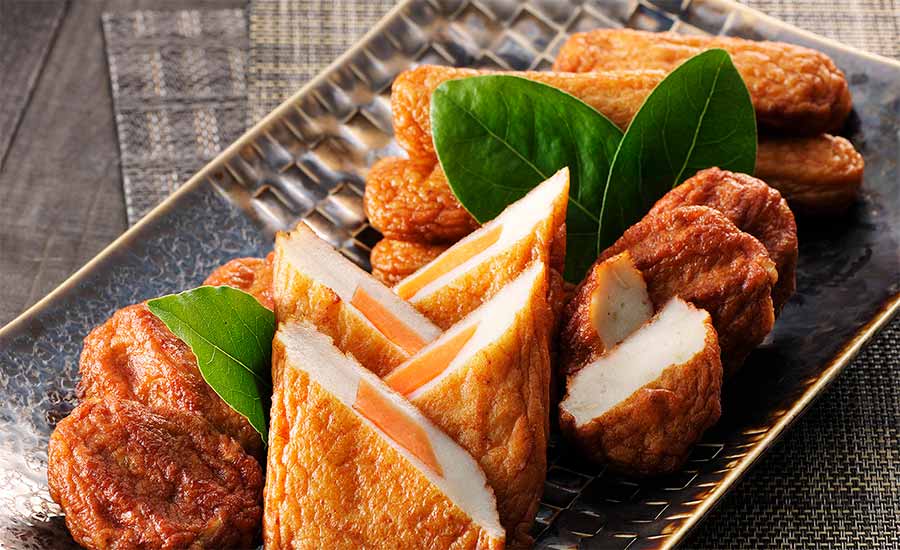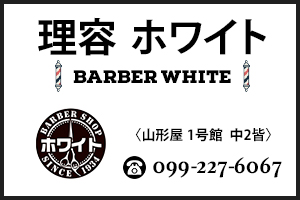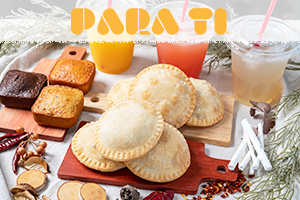Japanese Ramen! Varieties and detailed explanation about this delicious dish.
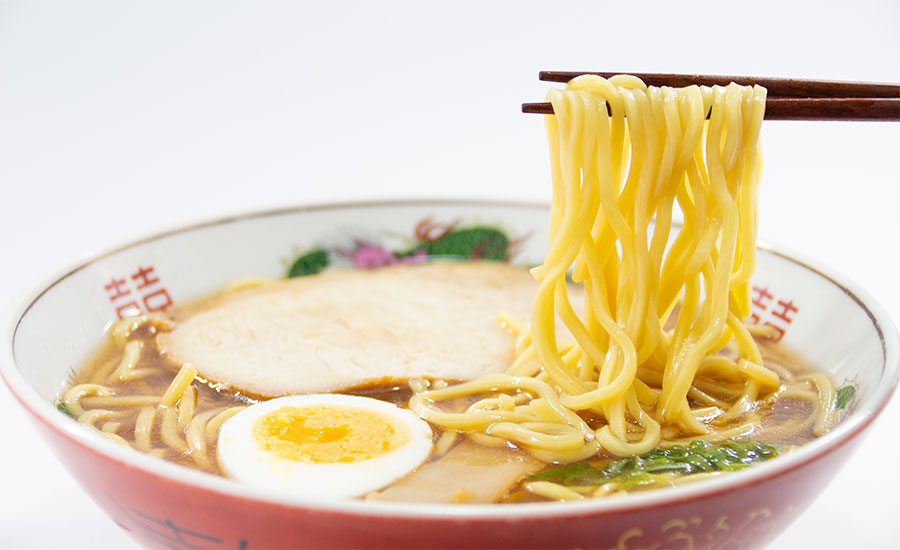
Written by D Armando
Translated by A Osorio
22.1.2021 (Re:19.1.2022)
It is no exaggeration to say that “ramen” is now one of the most popular dishes among the Japanese, and needless to say among foreigners.
In recent years, there has been a boom in Japanese food around the world, and “ramen”, which is attracting attention as Japanese food, has exploded in popularity. Several famous ramen shops have expanded to the United States and Europe and are becoming increasingly popular.
It can be said that many foreigners who visit Japan come for a delicious “ramen”.
3. Other types and regional varieties
1. First of all, what is Ramen?
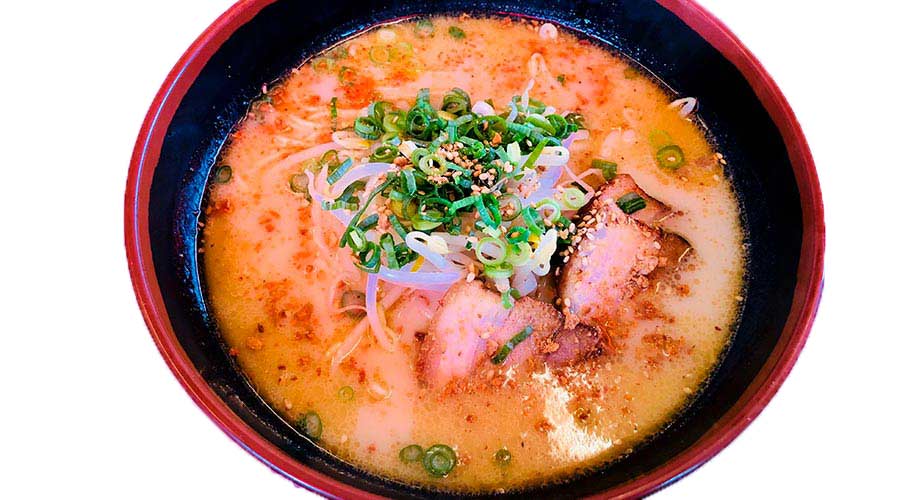
Ramen (ラーメン) is a Japanese dish that consists of noodles served in a broth, commonly prepared with meat, miso and soy sauce as well as different garnishes such as slices of pork (Char siu), seaweed, menma and chives.
The big difference from ramen to other noodles like soba and udon, ramen uses Chinese noodles. And to make these Chinese noodles “Kansui” (water high in potassium and sodium carbonate) is used. When using “Kansui”, the flavor, texture and color of the noodles vary from that of udon and soba. According to Japanese regulations, not using “Kansui” is classified as udon.
2. The 4 main and most important types of Ramen
◆ Shoyu Ramen
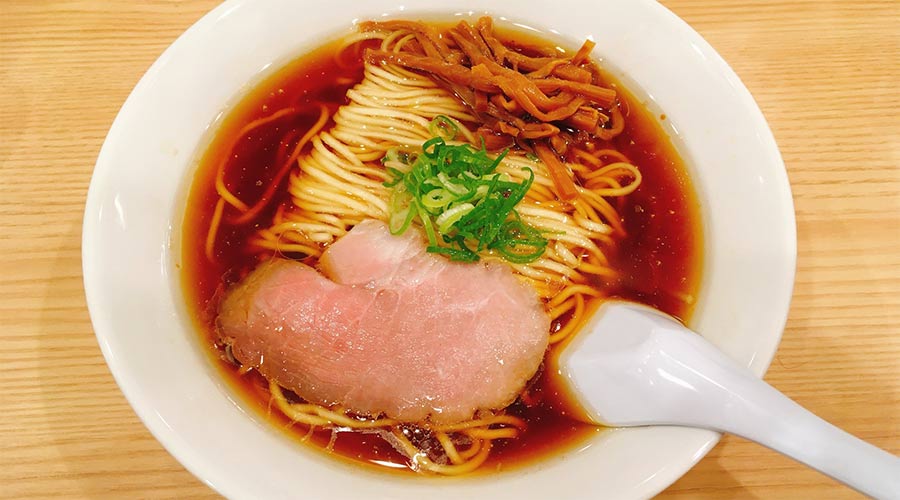
In Japan, Shoyu Ramen (soy sauce ramen) is the most common and one of the most popular. It is made from soy sauce combining with broth (dashi) extracted from pigs, chickens, seafood, etc., but the types of soy sauce and broth vary by region and store. So if you try shoyu ramen from different stores or regions, you will be sure to experience different flavors. The soup in this ramen is not that thick and dark in color due to the soy sauce.
◆ Shio Ramen
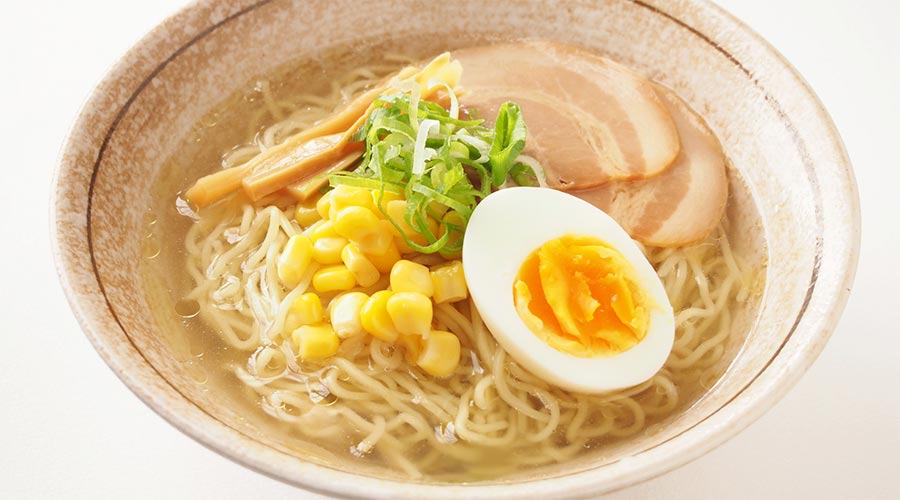
Shio Ramen compared to soy sauce ramen and miso ramen, stands out for its salty taste as its name says, shio in Japanese means salt. Shio Ramen soup is light and generally transparent so the flavor of the ingredients stands out a lot. Generally made with a chicken and pork-based broth, it is said to be one of the first varieties of ramen and one of the oldest ways of making ramen or giving it flavor.
◆ Miso Ramen
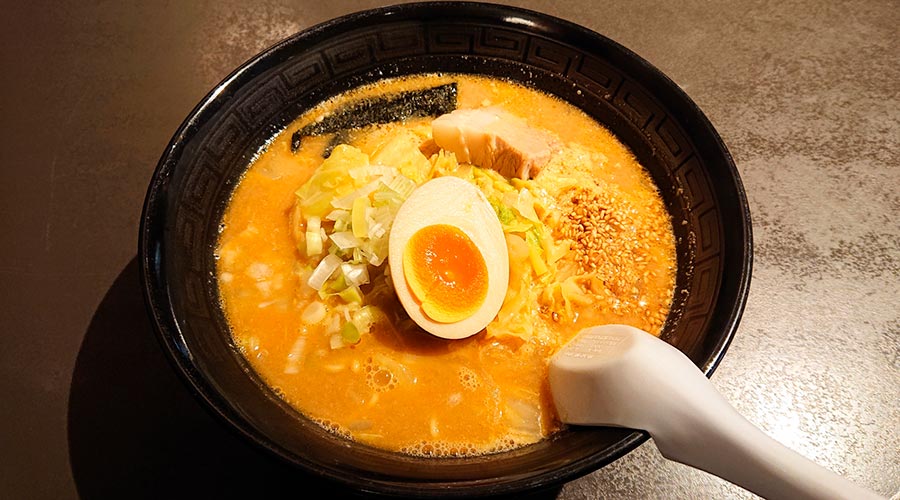
Although there are not many stores where you can eat as much as Shoyu Ramen and Shio Ramen, miso ramen is also in high demand by the Japanese. It is a ramen made with chicken and pork broth, usually, to which miso or miso paste is added. It is usually somewhat thicker due to the miso paste. It is originally from Hokkaido, developed in the 60s and is considered one of the youngest ramen broths.
◆ Tonkotsu Ramen
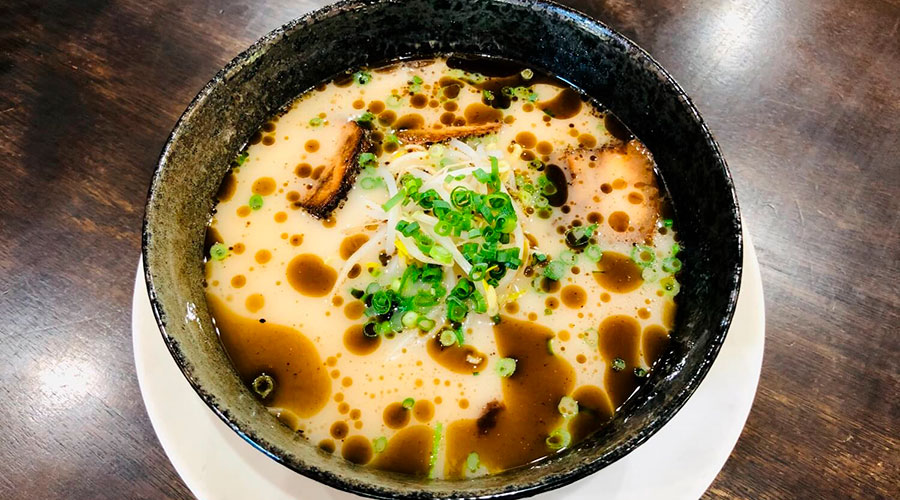
Tonkotsu Ramen (pork bone ramen) is especially popular in Kyushu. It is a broth-based ramen made with pork bones, it has a whitish tone due to the collagen and gelatin of the bones, its concentration and flavor vary according to the boiling time and the part of the pork used, it is one of the most popular ramen famous and delicious. To be considered an authentic Tonkotsu broth, it must be simmered for 8 to 20 hours depending on the quality of the bones used, if it is boiled for a short period of time it would be just a normal pork broth. Tonkotsu literally means pig bones (豚▶︎Ton = pig and 骨▶︎Kotsu = bones).
3. Other lesser known types of Japanese Ramen and regional varieties
◆ Toripaitan Ramen
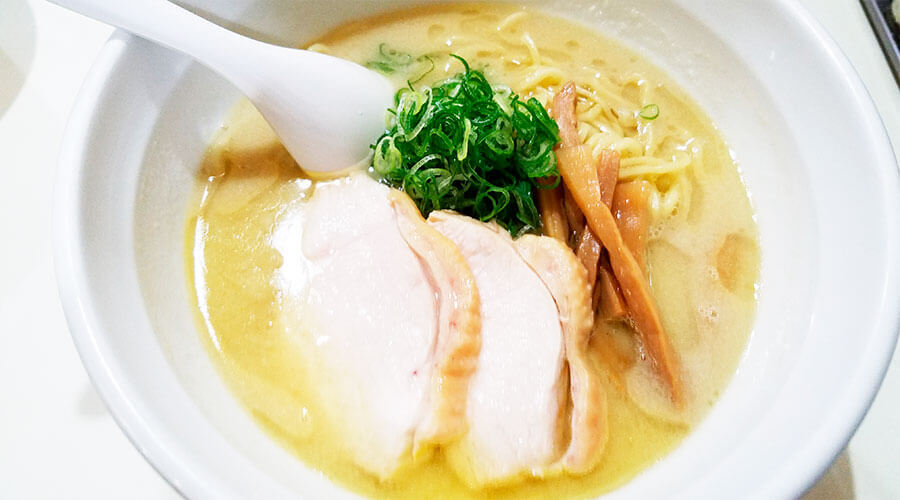
Toripaitan is a chicken-based ramen in which, like “tonkotsu”, the broth is boiled until an emulsion is formed, which gives the soup a cloudy appearance. In the case of pork bone ramen, you may be a bit uncomfortable with the peculiar smell, but in the case of toripaitan this is less likely to happen, you can even say that it is an easy to eat ramen.
◆ Tsukemen

Tsukemen closely resembles zaru-soba, noodles and soup are served separately. This ramen is served the broth on one side in the form of a sauce to spread and on the other the pasta with the toppings. The broth of this type of ramen is usually somewhat thicker so that when the noodles are soaked they are well impregnated with all the flavor, in turn the noodles are generally thicker and are served in greater quantity than traditional ramen.
◆ Abura soba
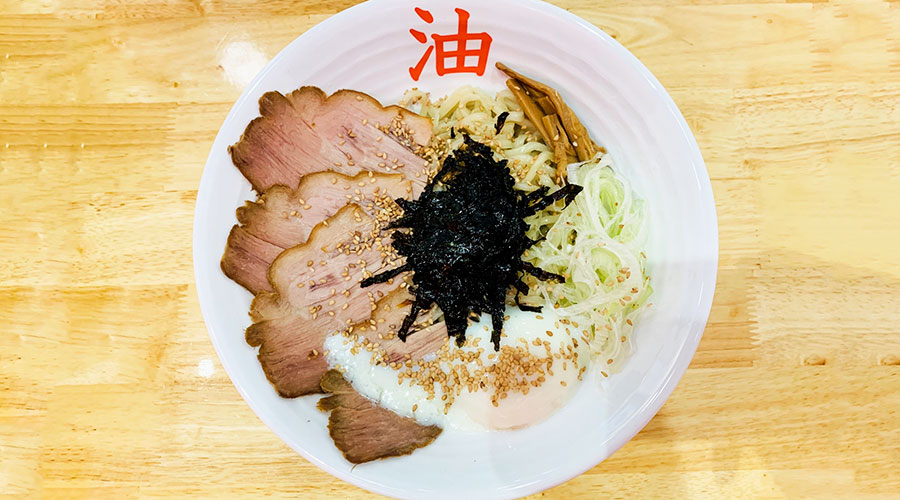
Simply put, Aburasoba (oil noodles) is soup-less ramen. It may seem strange to add it to the ramen group, but it is widely accepted in Japan.
It is characterized by having sesame oil, soy sauce in the bottom of the bowl, it is recommended to mix well with the noodles, you can also add other ingredients such as vinegar before eating. Also, it is said to have fewer calories than traditional ramen because it does not contain soup.
4. Toppings for Ramen
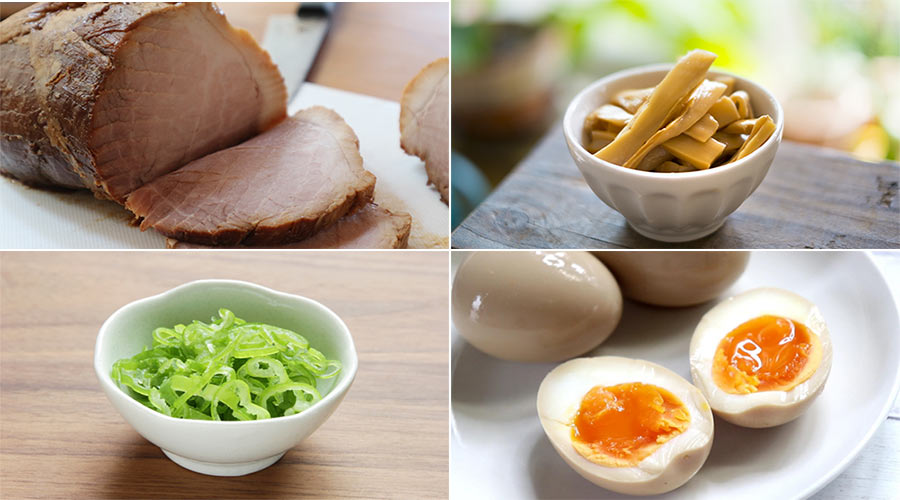
There is a wide variety of ramen toppings, depending on the type and the region varies considerably.
Toppings for Ramen are those that usually accompany, decorate and enrich a bowl of ramen. Here we present the main toppings.
◆ Chashu
Chashu is made with pork belly, although it can also be made with loin that is covered with sauce and baked, it is one of the essential ingredients for ramen. In the ramen industry, chicken and other non-pork products are also widely recognized as chashu. In addition, the parts of the meat used, the seasoning and the cooking method vary, with considerable differences depending on the store or region.
◆ Menma
Menma is a unique dressing for ramen, and is made by salting and fermenting steamed bamboo shoots. In addition to ramen toppings, it is also popular as a liquor appetizer, and is recommended to be eaten before ramen as a side to beer or other beverage.
◆ Negi
Negi (spring onion) is one of the most versatile ingredients in Japanese cuisine. The negi with its unique aroma and flavor combines very well with ramen. There are stores, restaurants that use negi as the main coating and practically fill the bowl with this ingredient.
◆ Nitamago or Aji Tama
The Nitamago or Aji Tama, is the boiled egg marinated in soy sauce, there are also cooked, marinated with salt or miso. Generally this coverage has an additional cost and is also well known as Ajitsuke Tamago.
◆ Nori
Nori is a dehydrated preparation made from seaweed and is one of the traditional ingredients used in Japanese cuisine. Seaweed has a unique aroma, is rich in nutrients and contains a lot of flavor. Depending on the type of ramen, the flavor of the seaweed can interfere with the flavor of the soup, that is why not all the remen contain it.
5. How to order a Ramen?
 There are two main ways to order ramen in Japan. One is to select the ramen you want to eat from the vending machine and buy a ticket, the other is to choose from the menu and ask the restaurant staff.
There are two main ways to order ramen in Japan. One is to select the ramen you want to eat from the vending machine and buy a ticket, the other is to choose from the menu and ask the restaurant staff.
| Recommended Products
| Recommended Articles
Let’s know more about the Satsumaage or better known as Tsukeage in Kagoshima.
Written by D Armando
Translated by A Osorio
The information in this article was current at the time of coverage and writing.
・・・ todonavi ・・・
